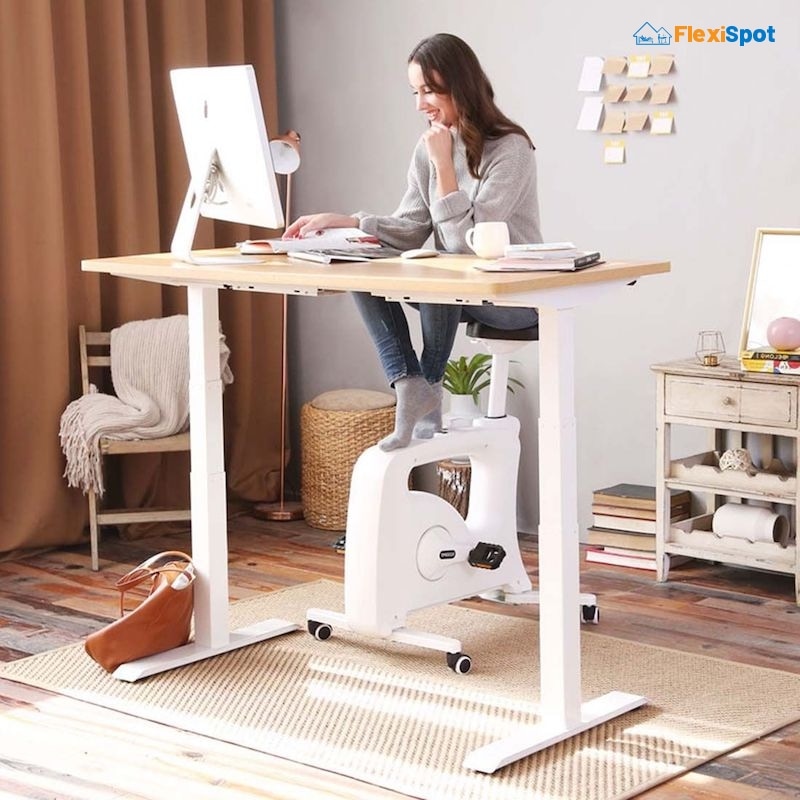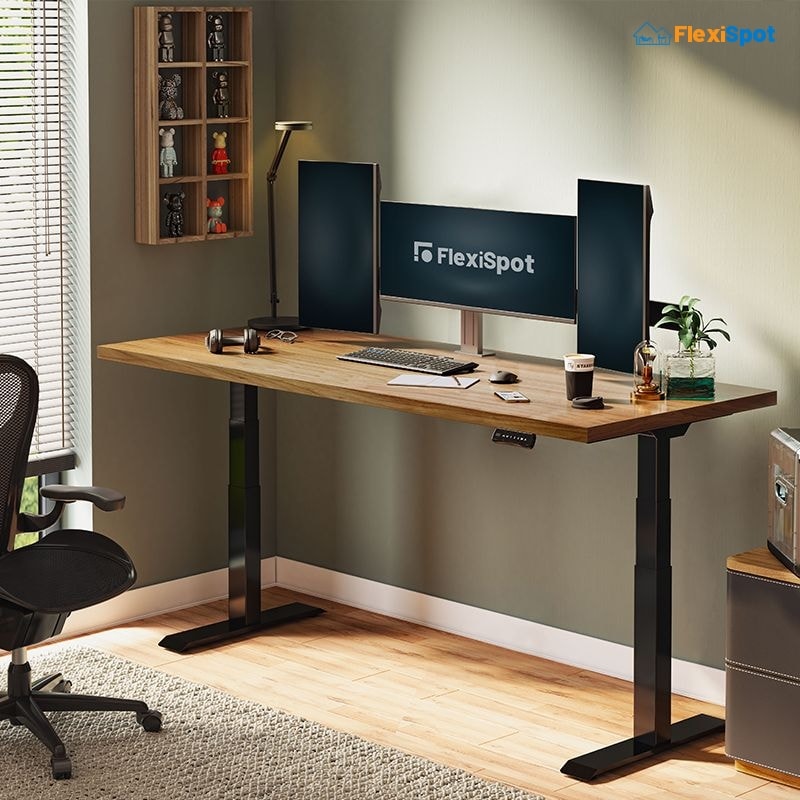In almost every circumstance, the difficult part about bringing change into any setting is to motivate the people involved. This is especially true when the change comes suddenly and is a disruptive kind of change – that is, it requires people to move away from what they are already used to.
Workplace ergonomics is one such category; it is difficult to convince people to adopt ergonomic practices into their lives when they have spent so much time not doing so. In fact, with many people, if they’re not suffering from any kind of pain due to their work or posture, they’re very likely to simply dismiss ergonomics too.
So, how do you motivate someone like that into adopting ergonomic practices into their lives? Or, a better question would be: how do you bring about change when the people involved aren’t motivated to change?
Motivational Theories
There has been plenty of research around how to make someone do something when they don’t want to. There’s been talks around positive and negative reinforcement, as well as consequences, all of which are a part of operant conditioning.
Positive reinforcement tends to work better than the others, but there’s only so much positive reinforcement you can give to a person after some point. After all, an employer can’t hang around their employees all day and give them bonuses for sitting properly. Positive reinforcement works great for some situations, but it’s not quite as practical for others.
Negative reinforcement and consequences are slightly different from each other. While both negative, negative reinforcement involves taking away something that is positive for the person, while consequences involve giving something negative. Consider the difference between a mother taking away her child’s phone (which they like!), versus making them eat broccoli (which they hate).
But these are not very practical in workplace settings either. In the first place, the motivation to bring about change has to come from within. In the workplace, everyone is too independent for a number of these things to be effective or practical. The motivation to be involved in that change should be intrinsic.
This is where the fun theory comes in.
What is The Fun Theory?
The fun theory states that to make someone change their behavior, you should make them have fun. Now, this doesn’t mean that you take them to the amusement park and the next day they’d be a changed person.
According to fun theory, if you want someone to adopt workplace ergonomics into their everyday life, you should make workplace ergonomics fun.
This is a form of positive reinforcement. People are getting something positive out of making the change, but this way, it becomes more practical because the positive reinforcement is inherent to the activity, and it caters to a more intrinsic aspect of human nature.
The fun theory states that when you make things novel, interesting and fun, it feels good. When you combine novelty and fun, the reward you get from doing it is intrinsic, and therefore, even the act of doing it is enjoyable.
Not only is it more likely for people to do something they enjoyed doing before, but on top of that, the effect of having done it has a much more long-lasting effect. This is because when you do something fun and feel good about it, you feel good about it at the time and you feel good about doing it later too.
Fun is addictive! Simply making something fun is enough to motivate people into taking action and bringing about change. On top of that, it also has a positive effect on the brain by releasing dopamine and serotonin. The rush someone gets from the release of these chemicals is what makes them want to do it again and these help boost the mood as well.
On top of that, because the mind gets refreshed, you also get additional benefits like boosted creativity and productivity as well.
Fun Theory in Ergonomics
So, what’s the connection between ergonomics and fun theory?
Again, people are less likely to change unless they feel like they’re getting something out of it. For most people, benefits in the long-run aren’t as motivating as immediate benefits you can get right now. So while their improved health may be something they aspire towards, the promise of improved health ten years down the line may not have as much of an impact as the possibility of having fun right now.
But how do you incorporate fun theory into workplace ergonomics?
Aesthetically Pleasing and Versatile Furniture
Aesthetic enjoyment, by its definition, is the kind of enjoyment we obtain from the aesthetics of something – which would be obvious, but most people don’t realize they gain such enjoyment at all.
We know we like looking at flowers because flowers are pretty, but nobody’s ever said they ‘gain aesthetic pleasure from flowers’ – that’s not how we speak. But it is inherent to us to gain aesthetic pleasure from things that are aesthetically pleasing.
With furniture that caters to such aesthetics, the act of working at such furniture becomes fun, and it gets even better when said furniture is versatile and keeps all your ergonomic needs in mind.
Pro Plus Standing Desk
Flexispot’s Pro Plus Standing Desk is an excellent example of this.
The desk had adjustable height, which helps with keeping yourself positioned at the ideal height level to make sure that you don’t end up straining your neck or hurting your wrist. You can also work while standing to reduce some of the negative effects of staying seated for long periods of time.
Because the desk is designed with the entire family in mind, it comes with a wider height range than many others. You can use it for your workspace, or you can use it for your kids and even just watching TV.
The height adjustment becomes easier with the advanced control panel. Since there are height preset options, you can simply choose the height you want to set the desk at, without having to fiddle around every time to find the right setting. The desk also comes with a sit-stand reminder to make sure you don’t stay seated for too long.
With the control panel and the dual motor system, adjusting the height also takes very little time, and you can go from sitting to standing in no time, with minimum noise. When the desk remains stationery, the control panel will go into automatic sleep mode to save power.
The desk has a very stable and enhanced structure. The advanced lifting system means that the desk has a good weight capacity, and can hold a wide range of objects without losing its stability.
The tubing is powder coated, and made of steel, which helps ensure that the desk does not get scratched or stained easily.
Workspaces will often require lots of electronic items, like laptops, chargers, connecting cables, etc. The Pro Plus Standing Desk comes with a cable tray, which is a groove installed underneath the desk. This is where you can put all your cables as you connect them to their ports and keep your desk clean and decluttered.
The desk also comes with a number of table top options. You can choose from bamboo, laminated wood in different colors, and solid wood. Whatever fits your workspace décor, the desk will be sure to match!
In fact, because the desk also takes up minimum floor space, you can fit it in even the smallest space. The Pro Plus desk is not just perfect for workplace ergonomics, it is also stylish and elegant and will make your office space look much better. With a desk like that, who wouldn’t get aesthetic pleasure from it?
Make a Game Out of It!
Let’s be real, everyone likes games. Five-year-olds like games as much as sixty-five year olds, because playing games in a group stimulates your mind and makes you feel part of a group. Making a game out of anything is a good solution to encouraging workplace ergonomics.
Even silly things like ‘Who Can Sit Without Slouching The Longest’ to ‘Who Has The Best Posture’ games can make employees much more likely to take care of their ergonomics, simply because of the fun aspect of playing a game.
Joking Reminders
When you constantly remind people of the fact that they need to do something, they’re likely to get tired of hearing it and want not to do it, purely for the sake of being contrarian. This is normal, but you could do the same thing in a fun way!
Instead of telling employees every day that they need to keep their wrist and arms at the right position, you can make a joke, riddle or put up a cartoon about it on the bulletin, and give a casual reminder while also getting your point across.
Applying fun theory in any situation sounds a bit complicated, but it isn’t really. All you need to do is understand what makes your employees happy and motivated, and your workplace ergonomics are pretty much accounted for.




